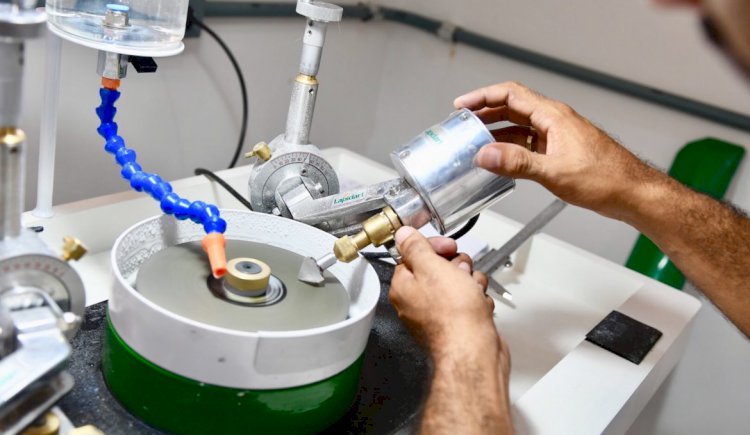The Lapidation of an Emerald
Unleash the full potential of the rough of an emerald.

Cutting emeralds and other colored stones is considered both an art and a science. In contrast to the perfectly symmetrical cuts appreciated by the diamond market, colored stones are often more hand-cut. The cutter's job is to cut the stone in a way that unleashes the full potential of the raw material.
The stones have been cut from their natural state to give desirable shapes to jewelry and tools since the beginning of time. The modeling of flint by primitive man is one of the first examples of people who made stones to get the best out of them. The first examples of lapidaries in South America include pre-Columbian jade sculptures by local tribes.
Later, cabochon cutting became the standard practice for the production of cut gems, where the crowns of jewelry in many countries testify to this. As technology has developed over the past 500 years, the practice of shaping a stone with polished facets has become standard practice.
The angles and dimensions of a cut help to convey the color and character of a stone, as these metrics return light to our eyes. Many cutters spend a lifetime specializing in cutting emeralds, acquiring the knowledge necessary to reveal the true beauty of any uncut stone.


